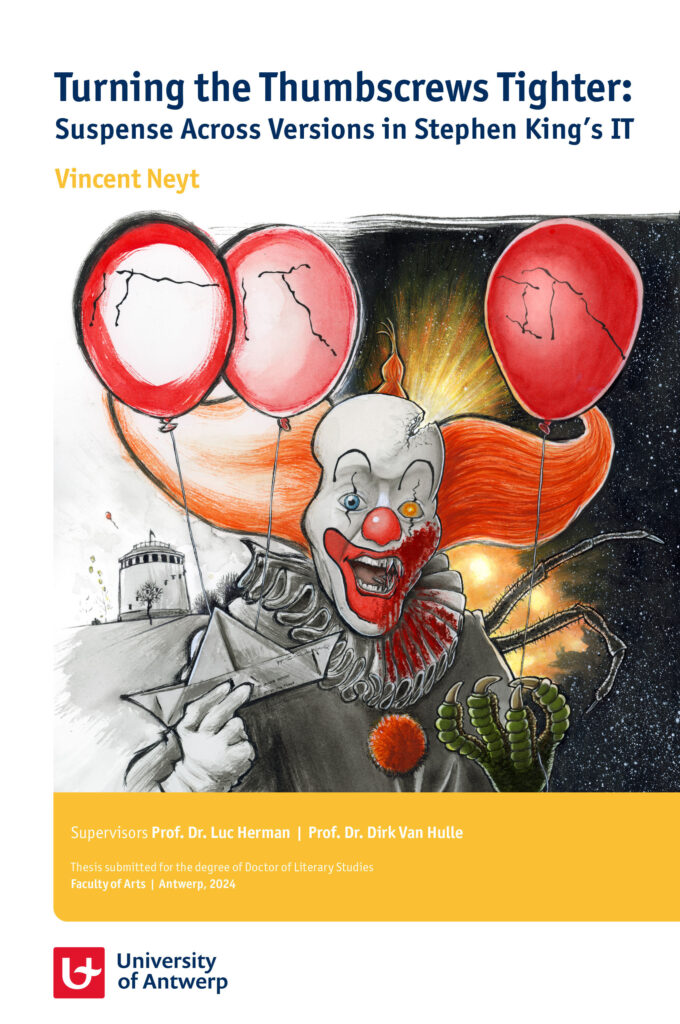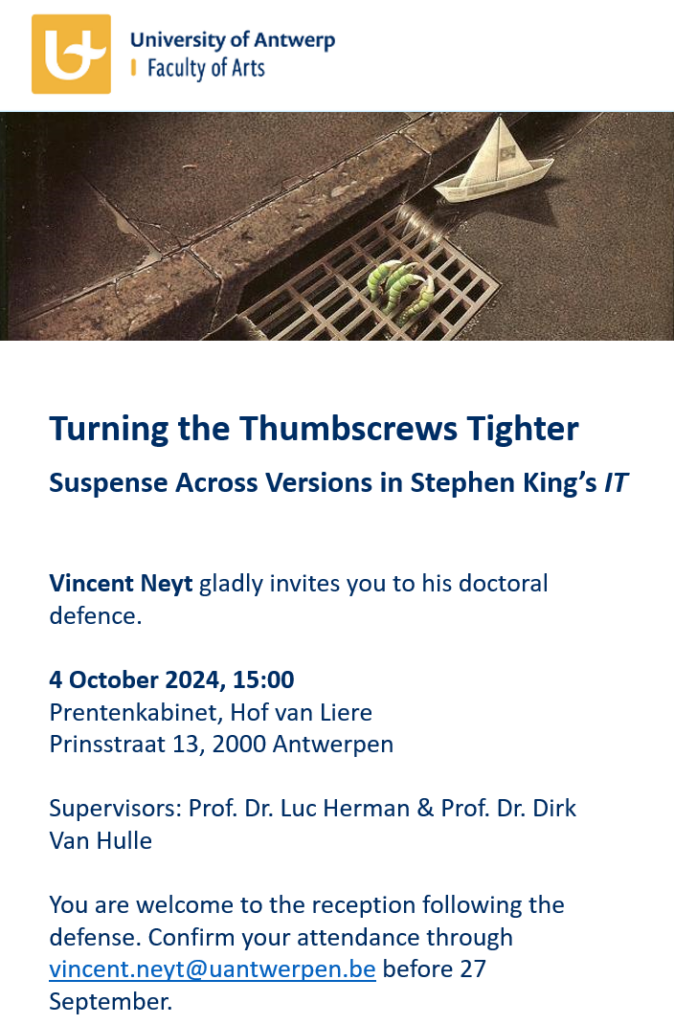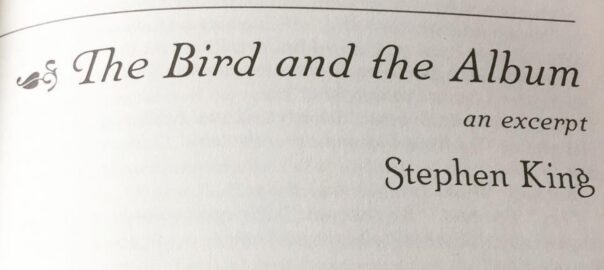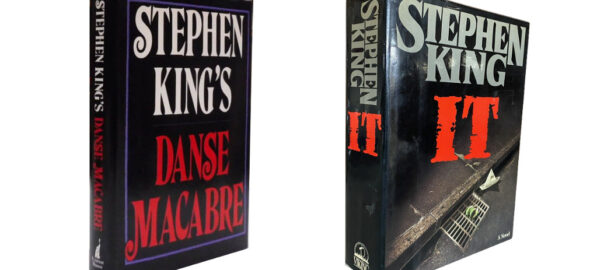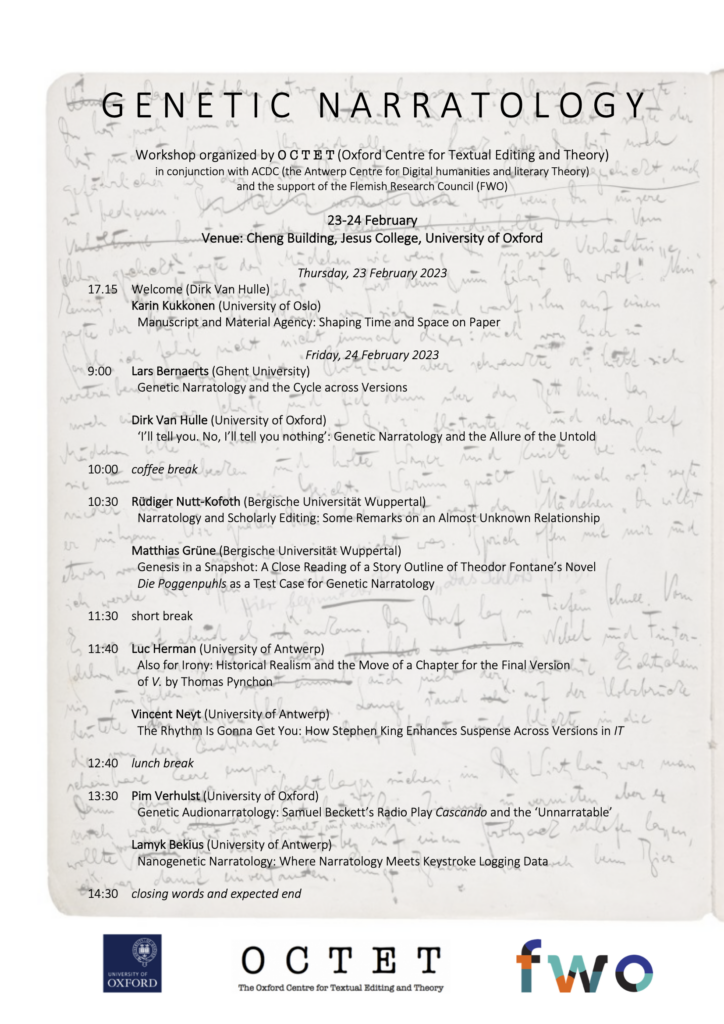The King family moved house several times between 1975 and 1980. In July 1975 they went from Boulder, Colorado to Bridgton, Maine, after having only lived in Boulder for a year. In the summer of 1977 the family traveled to England. They were supposed to stay for a year, as King wanted to write a novel about a ghost in a castle, but the novel never got going and after just three months they returned to the US in December. The Kings bought a property in Center Lovell, Maine. Half a year later (fall 1978), they moved north to a rented house in Orrington, near Bangor, when King was invited to teach at the University of Maine at Orono. In the spring of 1979 they returned to Center Lovell.
At this point, both King and his wife Tabitha were tired of all the moving around. They wanted to settle down permanently, and the rural house in Center Lovell was not the right place for that, for a number of reasons. Tabitha wanted their children to live near other kids. The Center Lovell house, with its picturesque setting beside Kezar Lake, was surrounded by summer homes, and the area was deserted for nine months of the year. The family also wanted the amenities and sense of community offered by a city. Tabitha suggested Portland, Maine, and King suggested Bangor.
Continue reading BANGOR BEWARE! How King Moved to Bangor in 1980 to Write IT →

